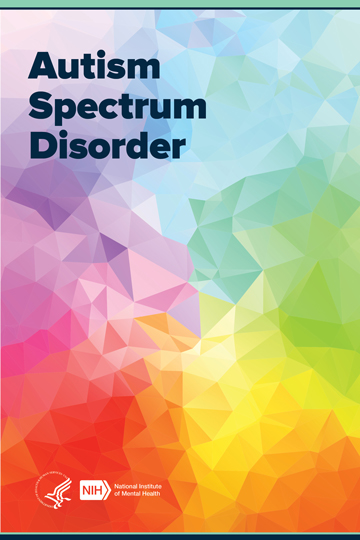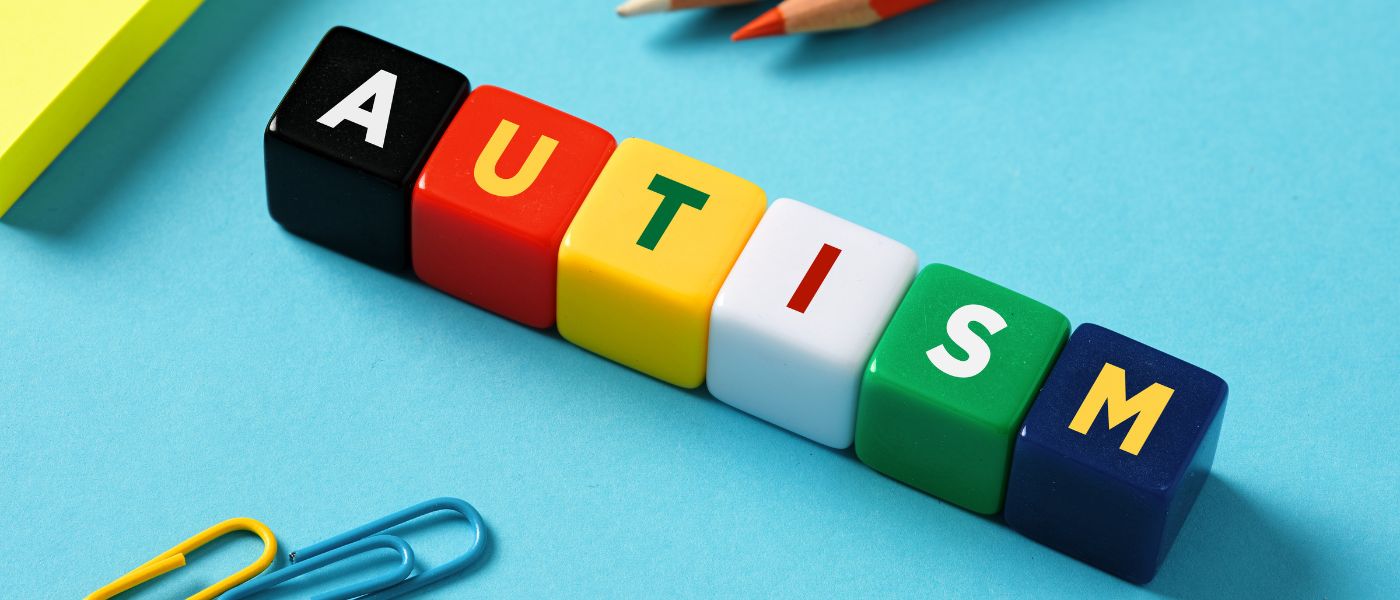The Role of Education And Learning in Sustaining Trainees with Autism: Best Practices
The Role of Education And Learning in Sustaining Trainees with Autism: Best Practices
Blog Article
Exploring Autism: Methods for Effective Communication and Interaction
Effective interaction and communication with individuals on the autism range require an extensive understanding of their distinct demands and choices. Methods such as employing clear language, utilizing aesthetic assistances, and cultivating consistent regimens can dramatically improve engagement and decrease stress and anxiety. Furthermore, recognizing the importance of non-verbal signs and shared rate of interests paves the way for purposeful connections. However, the intricacies of these techniques reveal further considerations that warrant exploration, specifically in how they can be adjusted to individual experiences and diverse contexts. What might these adaptations appear like in method?
Comprehending Autism Range Condition
Autism Spectrum Condition (ASD) incorporates a series of neurodevelopmental problems characterized by challenges in social interaction, communication, and repetitive behaviors. The term "range" reflects the varied manifestations and differing degrees of intensity experienced by people with ASD. While some might display significant problems, others may show high-functioning attributes, permitting higher independence in everyday life.
The beginning of ASD generally happens in very early childhood years, with indications typically recognizable by age two. Very early indications might consist of delayed speech development, restricted eye call, and difficulties in comprehending social hints. The precise etiology of ASD remains uncertain, research study recommends a mix of hereditary and environmental variables plays an essential role in its advancement.
People with ASD commonly have one-of-a-kind toughness, such as enhanced focus to information and phenomenal memory skills. They might have a hard time with comprehending abstract principles and taking care of adjustments to regular - autism. Therefore, interventions and assistance customized to private needs are essential for promoting interaction and social skills. Recognizing the complexity of ASD is important for promoting awareness, acceptance, and effective methods that promote significant communications with people on the spectrum.

Value of Clear Communication
Efficient interaction is essential for cultivating understanding and link, specifically for individuals with Autism Spectrum Disorder (ASD) Clear interaction not only promotes social communications however also boosts the individual's capacity to reveal their demands, thoughts, and feelings. For people with ASD, the subtleties of language can usually be challenging; therefore, utilizing distinct and uncomplicated language is crucial.
Additionally, clear interaction helps in reducing irritation and anxiety that may occur from misconceptions. When messages are conveyed in a straight and consistent manner, people with ASD are much better furnished to interpret information accurately, which can significantly boost their social engagement and involvement in different settings.
Developing regimens and making use of aesthetic supports can further bolster clear interaction. These methods supply people with foreseeable structures that aid understanding and retention of info. Furthermore, actively being and listening patient throughout interactions promotes a supportive atmosphere where individuals with ASD really feel valued and recognized.
Eventually, prioritizing clear communication not only encourages individuals with ASD however also cultivates even more purposeful links with their peers, caretakers, and the broader neighborhood, leading the way for inclusive communications and joint partnerships. - autism
Non-Verbal Interaction Techniques
Interaction expands past words, and for people with Autism Range Problem (ASD), non-verbal hints play a substantial duty in interactions. Non-verbal communication methods can include faces, gestures, body language, and eye contact, every one of which work as essential components for sharing feelings and objectives.
Comprehending and translating these non-verbal signals can boost interactions with people with ASD. A warm smile or open position can develop an inviting ambience, urging engagement. In a similar way, making use of aesthetic aids-- such as picture cards or signs-- can bridge interaction spaces and aid share messages better.
It is likewise important to be conscious of individual area, as people with ASD may have various comfort levels concerning proximity. Observing their reactions to physical closeness can inform ideal adjustments.

Developing Supportive Atmospheres
Developing a helpful environment is important for cultivating positive interactions and improving the well-being of people with Autism Range Problem (ASD) Such environments can substantially decrease anxiousness and create a sense of safety and security, enabling people to share themselves more easily.
To attain this, it is important to consider sensory sensitivities that individuals with ASD might experience. Customizing the physical room to consist of soft lights, very little background sound, and comfy seating can produce a soothing ambience. Additionally, making use of consistent regimens and clear visual schedules can assist people anticipate shifts and decrease uncertainty, further advertising comfort.
Social areas must be structured to reduce frustrating stimuli while offering opportunities for interaction in recommended activities. Helping with locations marked for peaceful time can additionally offer as a sanctuary during moments of anxiety. Importantly, incorporating aspects of choice encourages individuals, enabling them to work out agency in their setting.

Motivating Social Interactions
Fostering social interactions amongst individuals with Autism Range Condition (ASD) requires willful check this strategies that focus on comfort and involvement. Establishing predictable regimens can help in reducing stress and anxiety, making social setups extra friendly. Developing structured navigate to these guys settings with defined roles and responsibilities allows individuals to engage without the overwhelming pressure of unstructured social characteristics.
Incorporating passions and staminas into social tasks can function as a driver for communication. As an example, arranging group tasks around shared pastimes or topics of attraction can promote all-natural conversations and connections. Additionally, using visual supports, such as social scripts or pictorial routines, can help in understanding social cues and assumptions.
Modeling ideal social habits is critical - autism. Grownups and peers need to demonstrate reliable communication strategies, consisting of energetic listening and turn-taking. Role-playing scenarios can also offer a secure room for people to exercise these abilities
Lastly, fostering peer connections via comprehensive techniques is essential. Motivating inclusive playdates or group trips can produce opportunities for socializing in a comfy setup. By carrying out these approaches, educators and caretakers can dramatically enhance social interactions for people with ASD, promoting their general social development and wellness.
Conclusion
To conclude, reliable communication and interaction strategies are important for sustaining individuals with Autism Range Condition. Highlighting clear language, including non-verbal cues, and establishing foreseeable regimens significantly improve engagement and reduce anxiousness. Developing supportive atmospheres cultivates safe social interactions, while urging shared passions assists in purposeful links. Inevitably, these approaches encourage individuals with autism to browse social landscapes, promoting their total well-being and enabling the development of long-term relationships.
Reliable communication and communication with people on the autism range demand a detailed understanding of their distinct requirements and choices. Clear communication not only promotes social interactions however also improves the individual's ability to express their demands, emotions, and thoughts.Cultivating social interactions among people with Autism Spectrum Problem (ASD) calls for willful methods that prioritize convenience and interaction. By applying these instructors, techniques and caretakers can dramatically enhance social interactions for people with ASD, promoting their overall social advancement visit the website and wellness.
In verdict, effective communication and interaction strategies are vital for supporting individuals with Autism Spectrum Condition.
Report this page